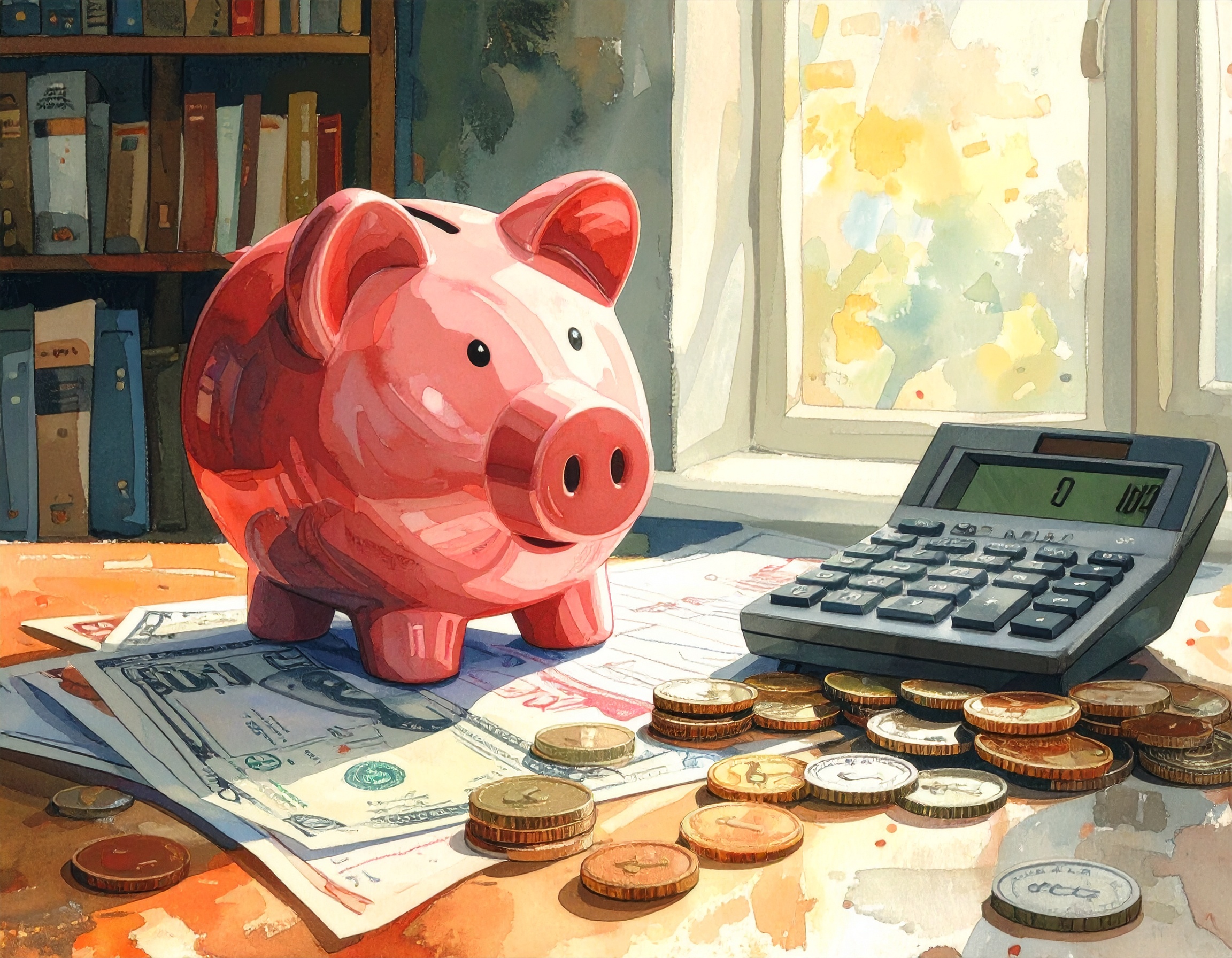
At Wise-Wallet, personal finance is a journey.
Read MoreCorrect! Let's Go!
How the utilization calculation works (first half). Credit utilization is the share of your available revolving credit that you’re currently using. When you have multiple cards, calculate overall utilization by summing balances and summing limits, then dividing: Total balances ÷ Total limits. For the quiz example, sums are: balances = $1,200 + $600 + $600 = $2,400; limits = $3,000 + $2,000 + $1,000 = $6,000. So utilization = 2,400 ÷ 6,000 = 0.40 which is 40%. That step-by-step arithmetic is useful both for accuracy and for explaining to clients or team members how small balance changes or a credit-line change move the percentage.
Practical meaning and management (second half). In scoring and lending, utilization signals short-term borrowing intensity: higher utilization often implies greater near-term risk. Common behavioral thresholds include ~30% (many models flag higher risk) and larger effects above 50–60%. To reduce utilization quickly you can: (a) pay down balances before the statement closing date so the lower balance is reported, (b) request a credit-limit increase (note possible hard inquiry), or (c) spread balances across cards (if you have spare limits). Avoid unnecessary account closures (which lower total limit and raise utilization) and beware of moving balances without accounting for transfer fees or promotional expirations.
By Quiz Coins
Trying to time the market is difficult; historically, consistently staying invested has outperformed frequent market timing attempts.

Pick cards to match your life: cashback for simplicity, travel cards for frequent flyers who use perks, and balance-transfer cards to crush debt — then automate, pay in full, and track value.
Read More
Build a simple, automatic emergency fund by choosing a target, automating transfers, and using low-effort saving hacks — no spreadsheets required.
Read More